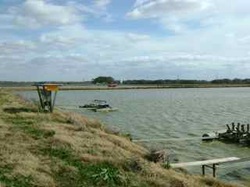
While I have long focused on treating wastewater, Aster Bio was asked to investigate if microbes could improve productivity in shrimp farms and reduce off-flavors in catfish farms. We looked at the wastes causing the pollution including ammonia/nitrite buildup. Additionally, we considered how beneficial microbes could enhance feed conversion and competitively exclude pathogenic microbes. After studying the problems and surveying ponds, we tested multiple formulations to see if adding microbes could changes pond ecology and enhance yields. The results are below:
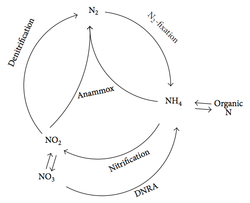
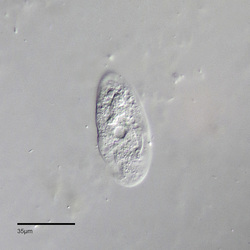
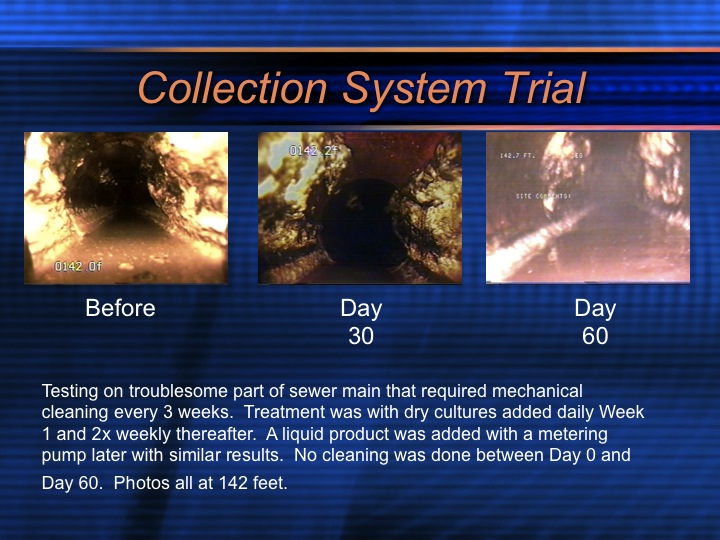
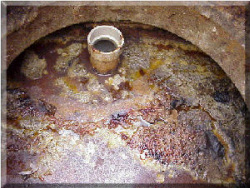

 RSS Feed
RSS Feed